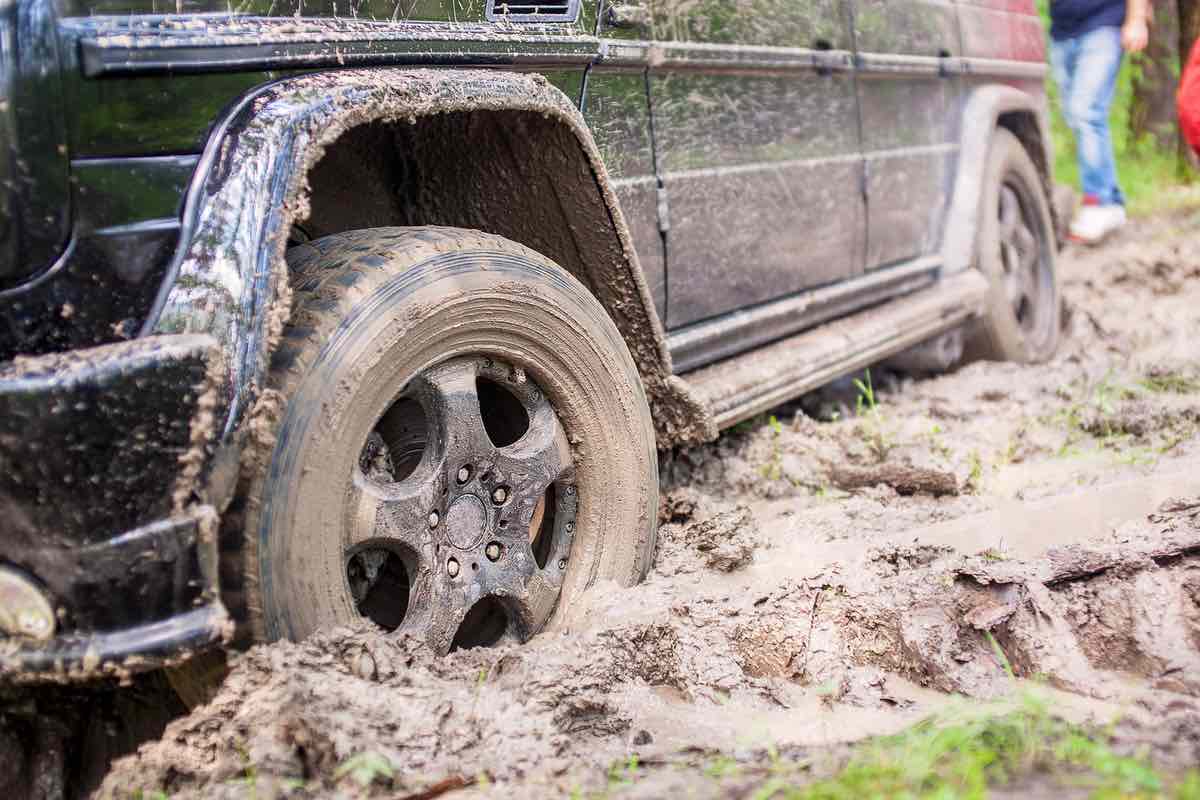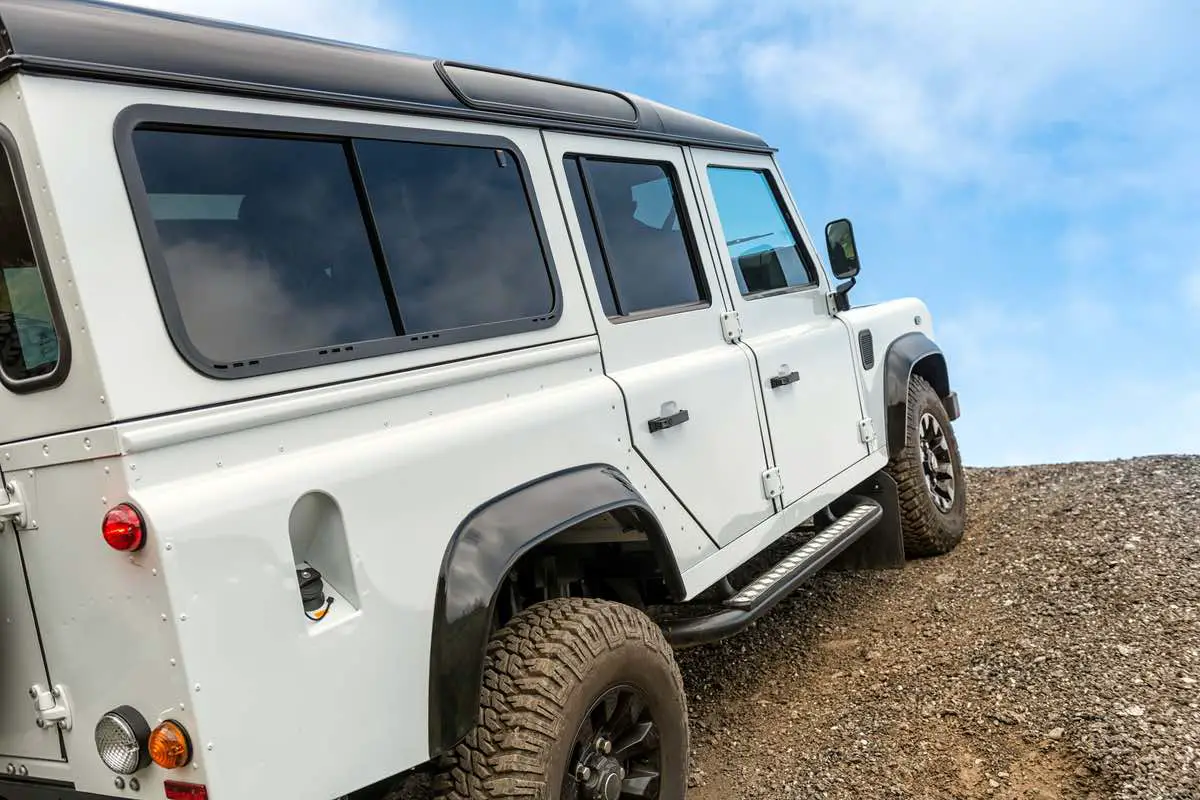Traction bars are a common modification for high-power trucks used primarily to prevent wheel hop and axle wrap. They provide additional traction and stability, especially when the vehicle is in motion. But, are they good for going off-road?
Traction bars will be necessary for your vehicle if you are going off-road. They provide stability and an additional grip for your tires when driving over rough terrain or slippery conditions. Traction bars are great for improved suspension and steering performance and for preventing axle wrap.
The first question that comes to mind when people think about traction bars is whether or not they are good for going off-road. Read on to learn more about traction bars and whether they are suitable for going off-road.

Functions of Traction Bars
Traction bars have been around for some time but were not popular until recently. One reason for their recent popularity is the increased number of people looking to get into off-road driving. The other reason is that they have become more affordable and easier to install than ever.
The primary purpose of traction bars is to provide stability and prevent a vehicle from being thrown out of control when it goes over rough terrain or deep water. They also help with hill climbing and allow drivers to tackle more challenging obstacles.
Traction bars give the vehicle more traction on snow, mud and other surfaces. You can use them for driving on unpaved roads and in off-road conditions.
A common misconception is that traction bars will cause a vehicle to become less stable on the road, but in reality, they provide stability by supporting the suspension and keeping it from bouncing excessively when on rough terrain.
If you have a vehicle with a limited amount of clearance from the ground, traction bars will come in handy when driving on unpaved roads.
Traction bars are usually made of steel and serve to keep the vehicle’s weight distributed evenly on the axles. They also prevent the axles from being overloaded with too much weight.
They also work well if you have a truck with an open bed and want to transport items without them rolling around in the back. Many traction bars available today can offer different levels of off-road performance and stability, so it is always best to research before making a purchase decision.
Watch this YouTube video to learn more about traction bars:
Pros of Traction Bars
Traction bars are an easy way to make your vehicle more stable on and off-road. They can be installed by anyone with basic mechanical skills and come in different lengths, widths, and heights to fit any type of vehicle. Here are some of the pros of traction bars.
Traction Bars Improve Your Car’s Handling
When driving in icy conditions, you must have good control of your vehicle. Traction bars provide additional grip for your tires and allow them to maintain more contact with the ground. This grip reduces slippage and improves your car’s handling, which can be crucial when driving on slippery roads.
Traction bars help you get better traction on slippery surfaces like snow, ice, and mud. They also allow you to drive your car on steep inclines without worrying about losing control.
The traction bars have a significant impact on the handling of your vehicle. They provide stability to your vehicle during turns and help maintain control during emergency maneuvers.
The traction bars are designed to absorb shocks when you make sudden changes in direction and when you hit bumps on the road.
Traction Bars Reduce Wear and Tear
The additional traction provided by traction bars reduces tire wear and tear on other parts of your car. Less slippage means less friction between the tires and the road surface.
Besides improving a vehicle’s traction, traction bars also reduce wear and tear on a vehicle’s suspension by providing an alternative to the load on a vehicle’s suspension. Traction bars are not just for off-road vehicles. They are also quite useful for vehicles used in everyday driving conditions.
The traction bar is attached to the car’s frame and helps keep it level with the ground. It distributes weight evenly, reduces stress on your suspension system, and improves your car’s handling abilities.
Protect the Driveline From Axle Wrap
Traction bars are a suspension system that improves the car’s handling by reducing axle wrap. Axle wrap occurs when the torque from the rear causes the axle to move in the opposite direction of a vehicle’s tires.
Axle wrap can damage your vehicle’s driveline by stressing the leaf springs causing them to bend, become deformed, and even break the driveshaft.
There are two types of traction bars, rigid and flexible. A rigid bar has a solid steel rod that spans the vehicle’s width. A flexible traction bar have a hollow tube with supports on either side connected to the suspension mounts and cross member mounts on each side of the vehicle.
The flexible bar is more common because you can easily remove it for service or replacement if needed. Traction bars are not meant to replace the suspension but rather enhance it.
Great for Aesthetics
Traction bars are a great way to improve the aesthetics of your car, as well as its handling. They help reduce body roll during turns and prevent the vehicle from leaning too far when braking or accelerating. The result is a smoother ride, more control and a better driving experience for you and your passengers.
Cons of Traction Bars
Traction bars are not ideal for every car and are also challenging to install on some cars because they require more work than other anti-axle wrap solutions. Traction bars can also be loud, especially when driving on rough roads or over bumps. Improper mounting of a traction bar can cause binding, which can damage your suspension.

Final Thoughts
When installing a traction bar on your vehicle, the bar and the driveshaft must be the same length or as close as possible to prevent u-joint misalignment or binding. It also ensures that the rear axle stays at the correct angle protecting your u-joints and driveshafts from failure.
You should also consult a professional installer before making any modification to ensure that it will not adversely affect your car’s performance or safety features, such as anti-lock brakes, stability control, and tire pressure monitoring systems.
